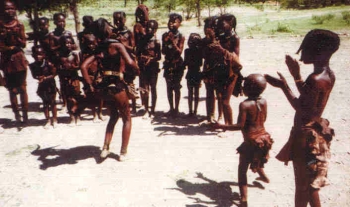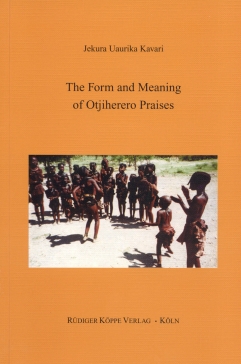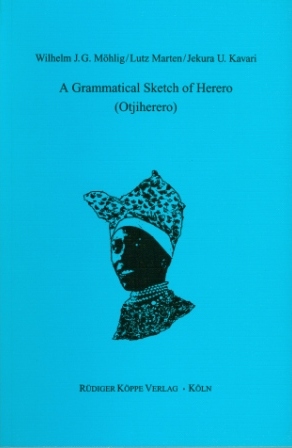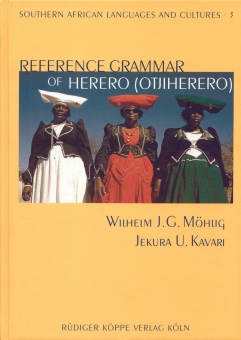





Otjiherero (Guthrie G.31) is a South Western Bantu language , spoken mainly in Namibia and bordering parts of Botswana and Angola. The present study investigates the form, content and socio-cultural context of Otjiherero praise literature, a hitherto rather neglected genre of oral poetry. Praise poetry is usually embedded in the performance of other genres, like dances, songs, dirges, ceremonies, addresses to ancestors, speeches, folktales, modern literature and modern music.
Almost anything can be the focus of praising, from living persons and revered ancestors, wild animals, livestock, landscape features up to inanimate objects and institutions like the Otjiherero radio service. Praises are a ubiquitous genre that is highly regarded and deeply cherished by the community.
The analysis centers on how information is distributed in praise texts and how the information status shapes the structure and meaning of the praise, exploring how experience, facts and imagination are transformed and linguistically organised by the poet.
The first part of the book consists of an overview which defines the genre of praise poetry, explains its use in the community and outlines the sources of praises. The second part contains analyses and interpretations of praise texts, followed by a conclusion. The appendix contains an extensive textual documentation, consisting of transcripts of the Otjiherero praise performances and their English translations.
Under these links you will find further studies of language, culture and the history of the Hereros and of other Namibian ethnic groups:
© 2025 by Rüdiger Köppe Verlag – www.koeppe.de